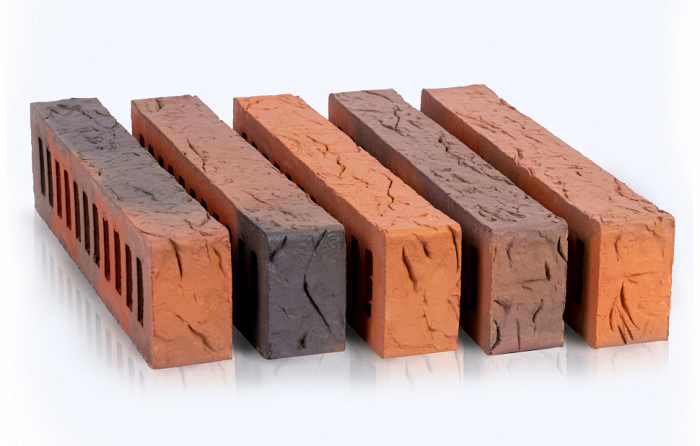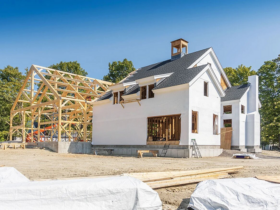This is a traditional material for building a house. It has good strength properties, frost resistance and durability, but due to its heavy weight it requires a reinforced foundation. Brick walls perfectly protect the house from noise, but require good thermal insulation.
The masonry technology has been thoroughly developed, and it is not difficult to find experienced masons. According to their purpose, bricks are divided into construction and facing. The first are of two types:
Ceramic. Red brick is made of baked clay. This is a durable material with a high degree of environmental friendliness. There are two varieties: hollow (about 50% solids) and solid (over 80%).
Silicate. White brick made from lime and sand by pressing. Durable material with high thermal conductivity and low frost resistance.
The purpose of facing brick is reflected in its name. It is intended for finishing the facade. Therefore, at least one of its side surfaces must have an impeccable appearance. There are materials stylized to resemble the texture of raw stone. They can also be produced in various colors.
Advantages and disadvantages
Strength, durability, frost resistance, proven masonry technology, good noise insulation, fire resistance
Heavy weight (requires a reinforced foundation, high logistics costs), labor-intensive construction of walls, need for thermal insulation








